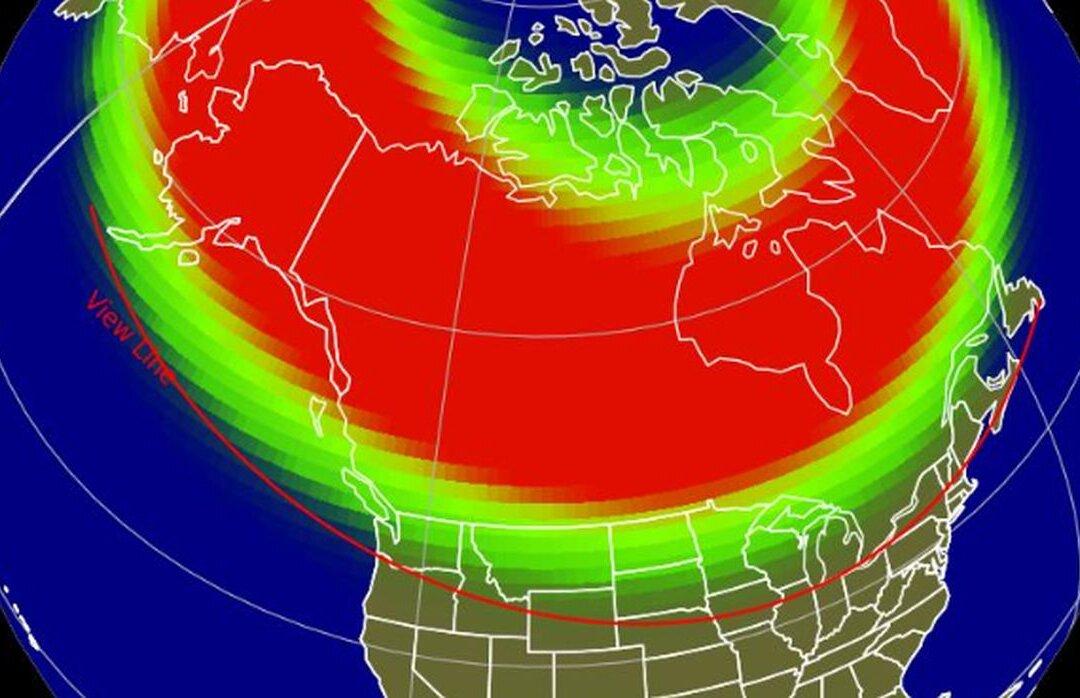A federal weather agency alert said that a “severe” geomagnetic storm is impacting Earth on Sunday and will be lasting until Monday.
The National Oceanic and Atmospheric Administration (NOAA) Space Weather Prediction Center on Sunday warned that a “major disturbance in Earth’s magnetic field” is occurring Sunday as it issued a G4, or “severe,” geomagnetic storm alert.





